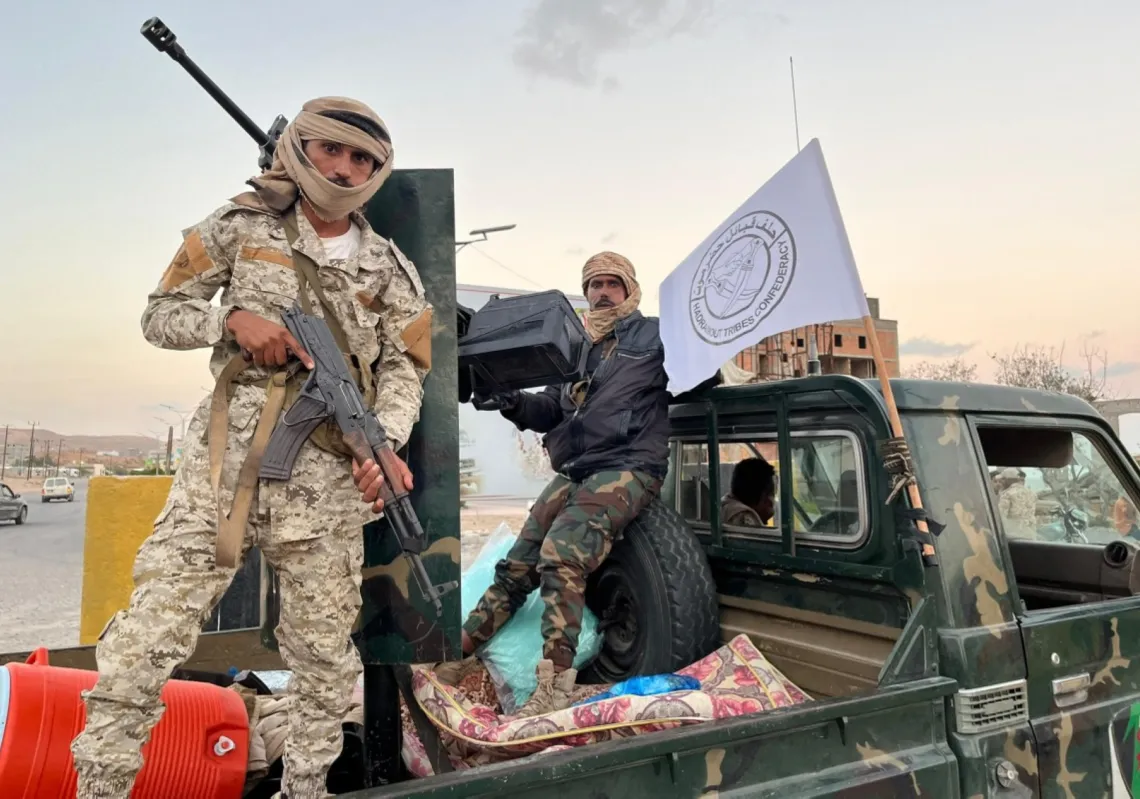Site of the world’s biggest camel and jewellery markets, Mauritania is also said to be home to a million poets, its vast landscapes acting as muse.
This former French colony of 4.5 million people on the west coast of Africa certainly has a fascinating history, fascinating people, and, after recent discoveries, a potentially promising economic future.
Global trends are acting in the country’s favour, increasing the importance of Mauritania’s location (on the Atlantic coast) and its rich natural resources.
Its neighbours have not been slow to notice. In February, during the 37th summit held in Addis Ababa, Mauritania was elected to preside over the African Union for 2024, despite early interest from Morocco and Algeria.
In the end, Mauritania was supported by Morocco’s King Mohammed VI.
Moroccan Foreign Minister Nasser Bourita said Mauritania “deserves the presidency... due to its economic development achievements, role as a stabilising force in the region, and positive contributions to issues facing the African continent”.
Making Mauritania
The Amazigh and Bafour people were among the first to settle here. Originally nomads, they were among the first in recorded history to convert to an agricultural lifestyle.
Mauritania is also said to be home to the Almoravids, who rose up in support of the Taifa kings in their war in Andalusia in the 11th century, led by Yusuf bin Tashfin, who built the city of Marrakech and made it the capital of the Islamic Maghreb.
To its northwest is Western Sahara, a disputed territory claimed by Morocco. To its northeast is Algeria, while Mali lies to Mauritania’s east and south-east. Bringing up the rear is Senegal, which is to the southwest.















